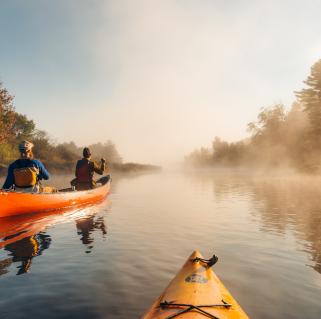Alan Belford
June 23, 2018
Rainy day fun
Rainy weather didn’t stop us from having fun in the woods when I helped out with a Lake Placid Middle School field trip at the Paul Smith’s College VIC. Thankfully the steady rain abated early in the day and we were left with mostly damp and misty conditions. Students alternated between stations to look at stream invertebrates, reptiles, amphibians, and they learned about radio telemetry.
Wren, my dog, and I were assigned to lead the stream group, something Wren relished since she could play in the water while the students netted aquatic invertebrates of all sorts that they would then identify and categorize.

Some birds and a change of pace
I helped shuttle groups between stations, listening to the likes of Blue-headed Vireo, Northern Parula, Black-throated Green Warbler, Yellow-bellied Sapsucker, and a host of others as we went. The noisy excitement of the students made it difficult to point many of these species, but here and there I would tell someone close to me what we were hearing. On one of our walks I noted a Virginia Rail calling from Heron Marsh. And so we added a brief stop and many of the students were able to see the rail poking around the edge of the marsh. Birds were not the focus of our day at the VIC, but I always like to add some in!

Field trips always seem to move quicker than they should and this one was no different. After a flurry of activity, we were soon loading the gear back into my car and the students back on to the buses. Wren and I stayed at the VIC, in search of a contrasting experience to the loud and busy morning. After finishing lunch, we took a quiet walk.
The Boreal Life Trail and botanizing
We headed out along the Boreal Life Trail, following the boardwalk into the misty bog where Nashville, Magnolia, Palm Warblers, and White-throated Sparrows were all singing. I wished up a Lincoln’s Sparrow and a few minutes later a distant Lincoln’s Sparrow sang. I began taking photos of the bog vegetation, and after crossing the boardwalk we climbed the small tower overlooking Barnum Pond.
.
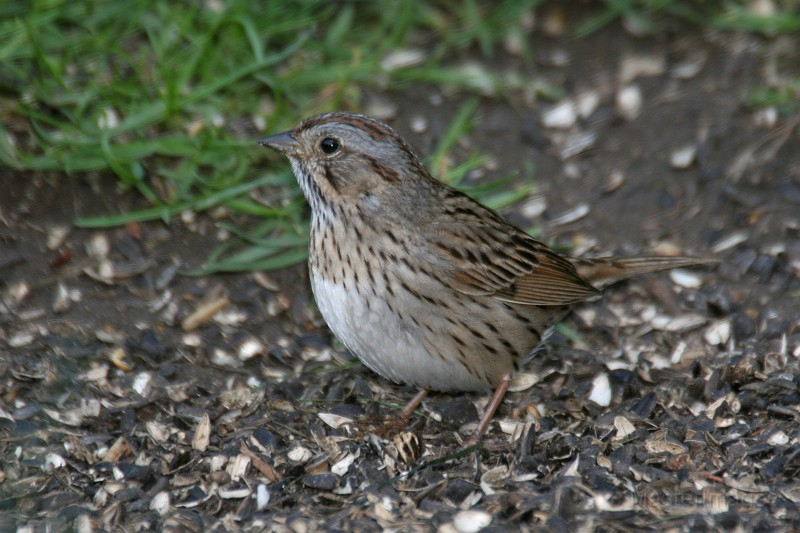
From there we dived into the dark coniferous woods and I began taking more photos in the low light. My first subject was a pink lady’s slipper, and that was followed by Canada mayflower, blue bead lily, and dwarf cornel. The latter is also known as bunchberry—a name which makes more sense in late summer and fall when clusters of red berries adorn it instead of flowers. But on a wet spring day its white blooms seemed to shine in the grayish light, and I enjoyed playing with the contrasting colors for the photo.

I had noticed pretty carpets of bunchberry along the trail where we had been teaching the kids earlier that day. Mosquitoes buzzed around my ears and face as I squatted over the flowers or stretched out on the ground for a low angle view of the bunchberry. It was difficult at times to steady the camera and ward off bugs. But, I managed well enough, and after deciding I had enough photos, and finally tiring of the bugs, we walked once more to take in the panorama of Heron Marsh, which was accented by blue flag irises. I snapped a few last images there and then we headed home.
Two contrasting styles
The day had been a contrast between busy excitement and quiet investigation, and as I drove home it occurred to me that both approaches offered a chance to learn about and explore the natural world. While sometimes—like our students—we need to feed off excitement to push us to explore, but at other times we must slow down and take our time. As an educator, I try to do both approaches with students (although we often tend toward the former when we are outside), but on my own with Wren, I generally do the latter. That’s natural, I suppose—to be more excited and loud when you are with people and quieter on your own—but the difference is something worth considering.

In a world of distractions and high-tech everything, I love to see the raw and untamed excitement in the natural world. We must be able to slow down or else we’ll miss out on the smaller and less conspicuous things around us. I think enjoying the natural world with its varied textures, colors, sounds, and shapes requires us to find the time.
If I do too much of one approach, like an activity filled with excitement such as skiing, I might miss a great chance to learn, or if I’m replacing adventure with slow learning, the natural world can become a list of names and facts. So, I instead try to do some of each method for a balance between fun, wide-eyed adventure and quiet study. I was happy that my day at the VIC had a little of both.
Spring and summer are great for both fun adventures and careful study in the Adirondacks. Check out our lodging, dining, and outdoor recreation pages to learn more!

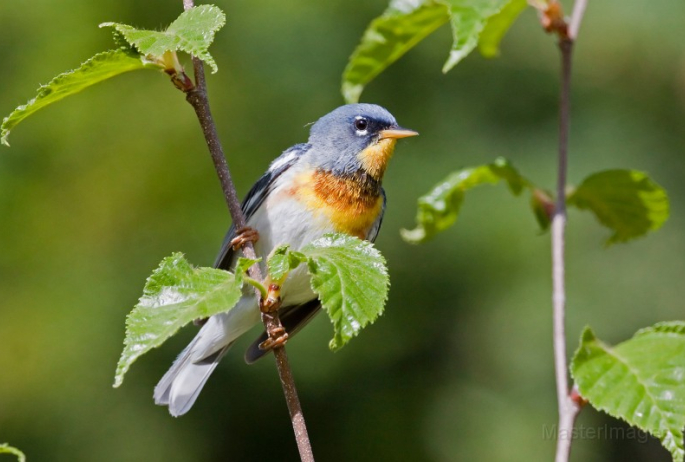
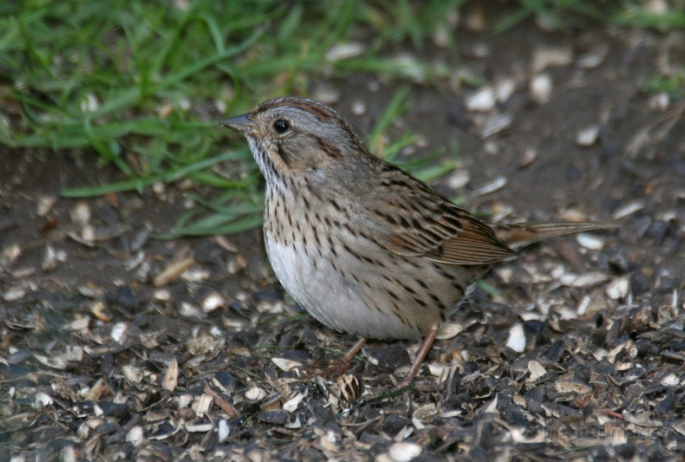
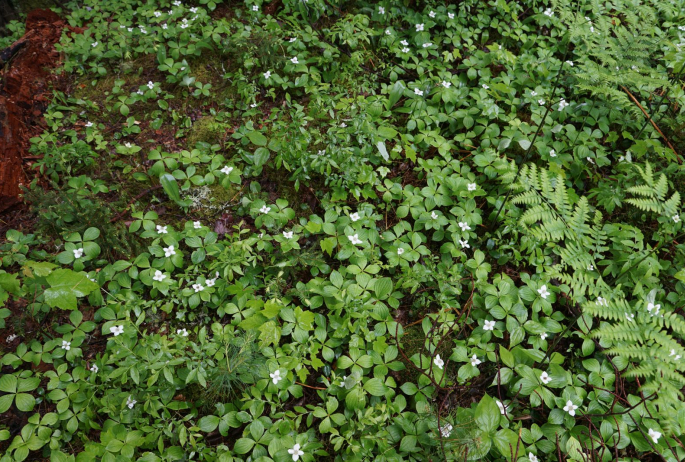

Packages and Promotions
Valid Dec. 1
- Dec. 1
Valid Dec. 1
- Dec. 1
Linger Longer in Saranac Lake
Best Western Saranac Lake
Linger Longer in Saranac Lake at our supremely located property, Best Western Saranac Lake. Stay 2 nights or more and get 15% off!
Valid Jan. 16
- Mar. 31
Valid Jan. 16
- Mar. 31
Hotel Saranac Sled & Spoke Package
Hotel Saranac
Snowmobile Package Hotel Saranac and Sara-Placid Sled & Spoke have partnered so you and a guest can explore dozens of miles of ADK snowmobile...
Valid Jan. 16
- Mar. 31
Valid Jan. 16
- Mar. 31
Hotel Saranac Ski & Stay Package
Hotel Saranac
Stay & Ski Package Stay at Hotel Saranac and Ski Titus Mountain Day or Night Package Your room reservation includes one adult lift ticket....
Valid Jun. 20
- Sep. 7
Valid Mar. 12
- Jun. 30
Guided Nature Immersions - 10% off for Pre-Season Registration
Adirondack Riverwalking & Forest Bathing
Picture it now...you are wading the Ausable River on a warm summer day, feel the cool water against you, hear the sounds of the birds and the...
Valid Jan. 21
- Mar. 31
Valid Jan. 21
- Mar. 31
Titus Mountain Ski Package
Voco Saranac Lake
Enjoy your stay at the award winning voco Saranac Lake which includes two adult lift tickets at Titus Mountain Family Ski Center. Additional...
Valid Jan. 21
- Jan. 21
Valid Jan. 21
- Jan. 21
Stay and Dine
Voco Saranac Lake
Receive a 50 dollar credit per stay to use in our Boathouse Saranac Lake Pub. Enjoy an exceptional dining experience with unparalleled views great...


